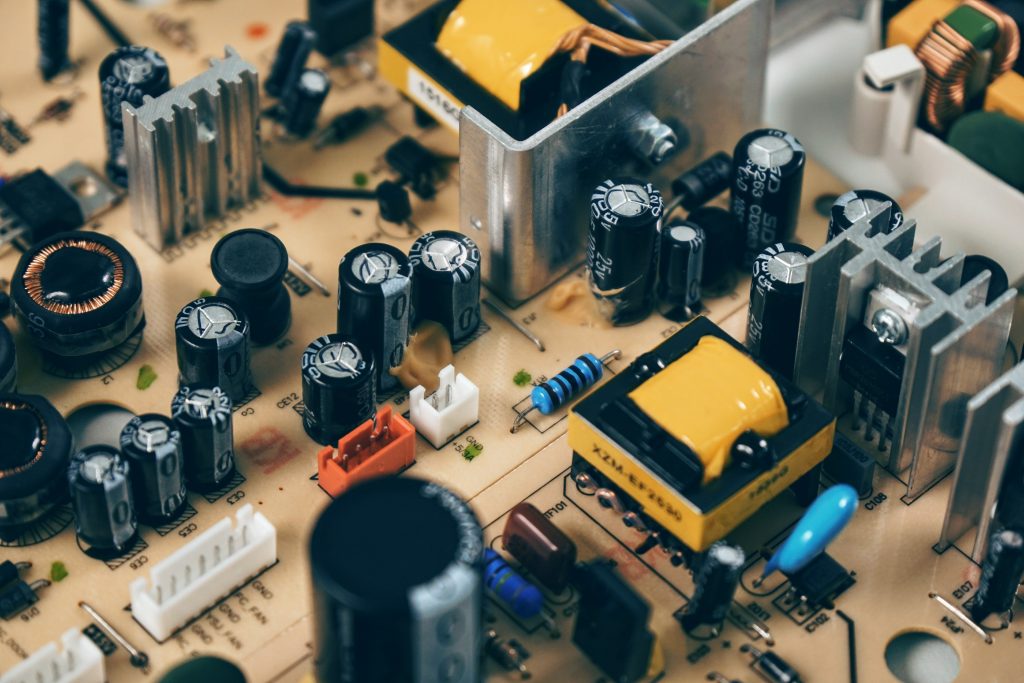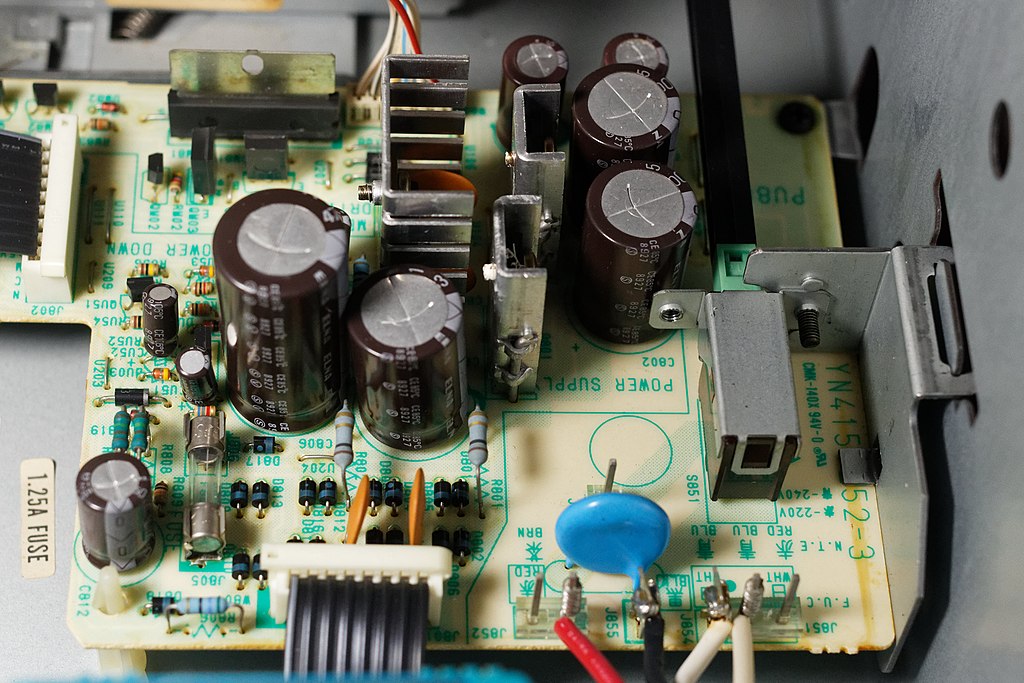Power supply circuits are incredibly important in semiconductors. These components are responsible for providing power that is essential to the operation of the device- enabling diverse applications, efficiency, stability, and reliability. In this post, we will take a look at four different kind of power supplies for circuits: unregulated, linear-regulated, switching, and ripple-regulated.

Designed to transform electrical energy for a load, power supply circuits are able to supply the power necessary for a semiconductor- guaranteeing both stability and dependability. Every power supply features three important components:
1) An Input Power Supply, which provides electricity at a voltage or voltage range.
2) A Load, which needs a supply of electricity to be delivered at a specific voltage or voltage range.
3) Circuitry for Conversion, which both receives voltage as input and outputs voltage.
Switch Regulated Power Supplies
A Switch Regulated Power Supply, also called a “Switcher”, combines the benefits of both linear regulated and unregulated supplies. While small in size, these power supplies are economical and efficient, resulting in a clean, constant output voltage.
Switchers use transistors that work as on/off switches to rectify an incoming AC power line voltage into DC. They then re-convert the DC into a high-frequency square-wave AC. Finally, a lightweight transformer is used to step the AC voltage either up or down, rectify the transformer’s AC output into DC, and filter the final output.
The most significant way that Switchers stand apart from other power supplies is that it is known as a universal power supply. They can be used completely independent of the input voltage- meaning that they can be used on any electric power system.
One of the biggest drawbacks associated with Switchers is the amount of high-frequency AC “noise” that they produce on the power line. Depending on the quality of the power supply itself, the user may encounter increased ripple voltage and noise levels.
Unregulated Power Supplies
Out of all of the power supplies, Unregulated are the most basic form. Uncomplicated and straightforward, these supplies are made up of a transformer, rectifier, and low-pass filter. While they maintain reliable performance in an affordable way, these power supplies can often encounter issues with ripple voltage and AC noise when superimposed on the DC power, which can lead to varying instability.
Linear Regulated Power Supplies
If you take an unregulated power supply and follow it by a transistor circuit that is operating in “active” or “linear” mode, you would get a Linear Regulated Power Supply. Also referred to as “brute force”, these power supplies convert AC to DC while maintaining a constant output voltage. The issue with this type of power supply is that it is not very efficient- they dissipate excess voltage as heat in order to maintain a desired output voltage.
How does this occur? The Linear Regulated Power Supply is made to provide a fixed voltage output for a wide range of input voltages, dropping any excess input voltage in order to allow a maximum output voltage to the load. The power dissipation of excess voltage being dropped results in the creation of heat. Because of this, the input voltage needs to be at least 1 to 3 volts higher than the desired output. To handle the heat, these power supplies are usually larger and heavier than other power sources.

Ripple Regulated Power Supplies
The “front end power supply” of a Ripple Regulated Power Source is made up of a transformer, rectifier, and filter. However, this power source it set apart by it’s additional alternative power supply- a transistor with the sole purpose of using its saturation/cutoff modes to transfer DC power to a large capacitor as needed to keep the output voltage between a high and a low setpoint. As a result, relatively little energy is lost as heat.
Because ripple regulator circuits do not have to withstand the same voltages as switcher transistors do, they are safer to work on and often have much simpler circuitry than switcher circuits.
Additional Information







